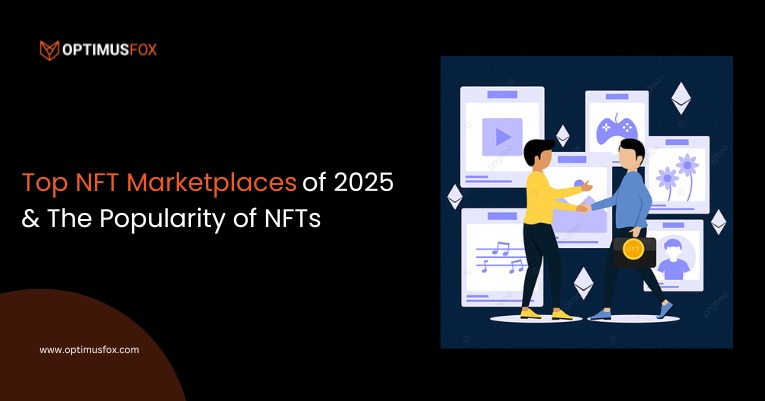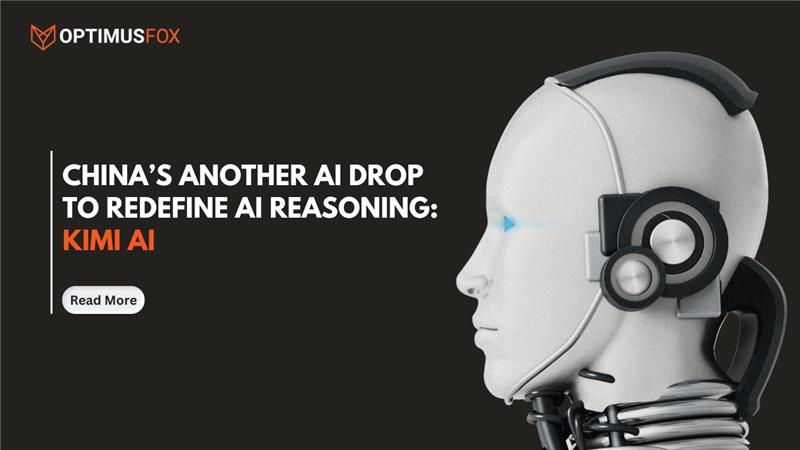The emergence of Web3 and decentralization has revolutionized the internet landscape, offering a host of advantages and opportunities. This article delves into the benefits of decentralization in Web3 and explores its applications across various industries.
Understanding Web3 and Decentralization:
Defining Web3:
Web3 refers to the next-generation web that prioritizes user-centricity and decentralization. It leverages blockchain technology, cryptographic protocols, and peer-to-peer networks to create a more open and transparent digital ecosystem.
Grasping the Concept of Decentralization:
Decentralization lies at the core of Web3, redistributing control and decision-making power across multiple participants rather than consolidating it in a central authority. This empowers users with greater autonomy, privacy, and ownership over their data and digital assets.
Applying Decentralization in Web3:
In practice, Web3 encompasses various technologies such as blockchain, distributed ledger technology (DLT), decentralized storage, smart contracts, and consensus algorithms. These technologies work together to ensure transparency, security, and resistance to censorship.
Benefits of Web3 Decentralization:
Addressing Centralized Data Breaches:
By eliminating single points of failure, decentralization reduces the risk of large-scale data breaches. In Web3, data is distributed across multiple nodes, making it challenging for malicious actors to compromise the entire system.
Empowering Users with Data Control:
Web3 enables individuals to have control over their personal data. Users can determine what information to share, who can access it, and how it can be used. This shift provides users with increased privacy and protection against data exploitation.
Encryption and Distributed Storage Solutions:
Web3’s decentralized storage relies on encryption and distributed storage systems. Data is encrypted before storage and distributed across a network of nodes, ensuring enhanced security and resistance to unauthorized access. These measures enhance data privacy and minimize the risk of data loss or corruption.
Increased Transparency and Trust:
Eliminating Single Points of Failure:
Decentralization eliminates the reliance on single entities or central authorities, reducing the risk of manipulation, censorship, or system failure. In Web3, data and transactions are distributed across a network of nodes, ensuring that no single point of failure can disrupt the entire system.
Immutable and Auditable Records:
Blockchain technology, a vital component of Web3, offers an immutable and transparent ledger of transactions. Once recorded on the blockchain, data cannot be altered or deleted, ensuring the integrity and auditability of records. This transparency builds trust among participants, as all transactions can be independently verified.
Smart Contracts and Automated Trust:
Smart contracts, self-executing contracts with agreement terms directly written into code, eliminate the need for intermediaries and enable automated and trustless transactions. Executed on the blockchain, smart contracts ensure transparency, fairness, and efficiency in agreements, eliminating the need to rely on intermediaries for trust.
Resilience and Robustness:
Protection Against DDoS Attacks and Load Balancing:
Decentralized networks are more resilient against Distributed Denial of Service (DDoS) attacks compared to centralized systems. Web3’s distributed nature allows for load balancing and the ability to absorb and mitigate malicious attacks, ensuring continuous availability and uptime.
Absence of Centralized Authorities or Gatekeepers:
In Web3, there are no single authorities or gatekeepers controlling access to services or platforms. This decentralization ensures that no central entity can impose arbitrary restrictions or exert excessive control over users’ activities. It fosters an open and inclusive ecosystem where innovation can thrive.
Mitigating System Downtime and Vulnerabilities:
Decentralization minimizes the risk of system downtime and vulnerabilities. Traditional centralized systems are susceptible to single points of failure, whereas Web3’s decentralized infrastructure distributes data and services across a network of nodes. Even if some nodes go offline or experience issues, the system remains operational, ensuring high availability and reliability.
Democratization of Opportunities:
Inclusive Financial Services and Access:
Web3 facilitates the development of decentralized finance (DeFi) applications that provide financial services to individuals who are unbanked or underbanked. These applications enable peer-to-peer lending, decentralized exchanges, and access to investment opportunities, fostering financial inclusion and removing barriers to participation in the global economy.
Empowering Content Creators and Artists:
Traditional platforms often impose restrictive policies and fee structures, limiting the earning potential of content creators and artists. Web3 platforms, powered by blockchain and decentralized technologies, enable creators to monetize their work directly, bypassing intermediaries and retaining a greater share of the revenue. This empowers creators and fosters a more equitable and transparent ecosystem.
Facilitating Peer-to-Peer Transactions and Marketplaces:
Web3 enables peer-to-peer transactions and decentralized marketplaces, removing the need for intermediaries and reducing transaction costs. Participants can directly interact, exchange value, and engage in trade without relying on centralized platforms or marketplaces. This promotes efficiency, fosters innovation, and expands economic opportunities.
Learn More: How Web3 Industry Prioritizes Cybersecurity?
Empowering Communities and Collaboration:
Decentralized Governance and Decision-Making:
Web3 introduces decentralized governance models where decisions are made collectively by community members. Token holders can participate in voting and shaping the future of the platforms and protocols they are involved in. This inclusive approach empowers stakeholders, promotes transparency, and reduces the concentration of power in the hands of a few entities.
Tokenization and Incentivized Structures:
Web3 leverages tokenization, where digital assets or tokens represent ownership, access, or participation rights in a network or ecosystem. Tokenization enables the creation of incentive structures, rewarding participants for their contributions, such as validating transactions, providing resources, or developing applications. This encourages collaboration, innovation, and active engagement within the community.
Collaborative Development and Open Source Projects:
Decentralization in Web3 fosters collaborative development and open-source initiatives. Developers from around the world can contribute to the improvement and advancement of decentralized platforms, protocols, and applications. Open-source projects promote transparency, community-driven innovation, and the sharing of knowledge, leading to faster iterations and the development of robust solutions.
Use Cases and Applications of Web3 Decentralization:
Decentralized Finance (DeFi):
DeFi has emerged as a prominent use case of decentralization in Web3. It encompasses various financial applications built on blockchain technology, such as decentralized lending and borrowing, decentralized exchanges, stablecoins, and yield farming. DeFi provides users with direct control over their funds, eliminates the need for intermediaries, and offers financial services to a broader global audience.
Non-Fungible Tokens (NFTs):
NFTs have gained significant popularity, allowing the ownership and transfer of unique digital assets on the blockchain. Artists, creators, and collectors can tokenize and trade digital artwork, collectibles, virtual real estate, and more. NFTs enable provenance, authenticity, and ownership verification, revolutionizing the art and digital asset ownership landscape.
Decentralized Social Media and Content Platforms:
Centralized social media platforms have faced criticism for their data practices, censorship, and lack of user control. Decentralized social media platforms powered by Web3 technologies aim to address these concerns. They provide users with ownership and control over their data, reward content creators directly, and foster censorship-resistant communication and community-building.
Supply Chain Management:
Decentralization in supply chain management offers enhanced transparency, traceability, and efficiency. By leveraging blockchain and smart contracts, supply chain stakeholders can track and verify the movement of goods, authenticate product origins, ensure fair trade, and streamline processes. Decentralized supply chain management reduces fraud, counterfeiting, and the reliance on intermediaries.
Decentralized Identity Management:
Web3 enables individuals to have self-sovereign identity, where users have control over their digital identities and personal data. Decentralized identity management solutions leverage cryptographic principles to provide secure and verifiable identity credentials. Users can selectively share their identity attributes without relying on centralized identity providers, improving privacy and reducing the risk of identity theft.
Conclusion:
Decentralization in Web3 brings numerous benefits and opportunities to various industries. It enhances data privacy and security, fosters transparency and trust, ensures resilience and robustness, democratizes opportunities, and empowers communities and collaboration. With the advent of blockchain, smart contracts, and decentralized applications, the potential for Web3 and decentralized technologies to reshape the digital landscape is immense. Embracing decentralization in Web3 can lead to a more inclusive, transparent, and user-centric internet experience for individuals and businesses alike.





